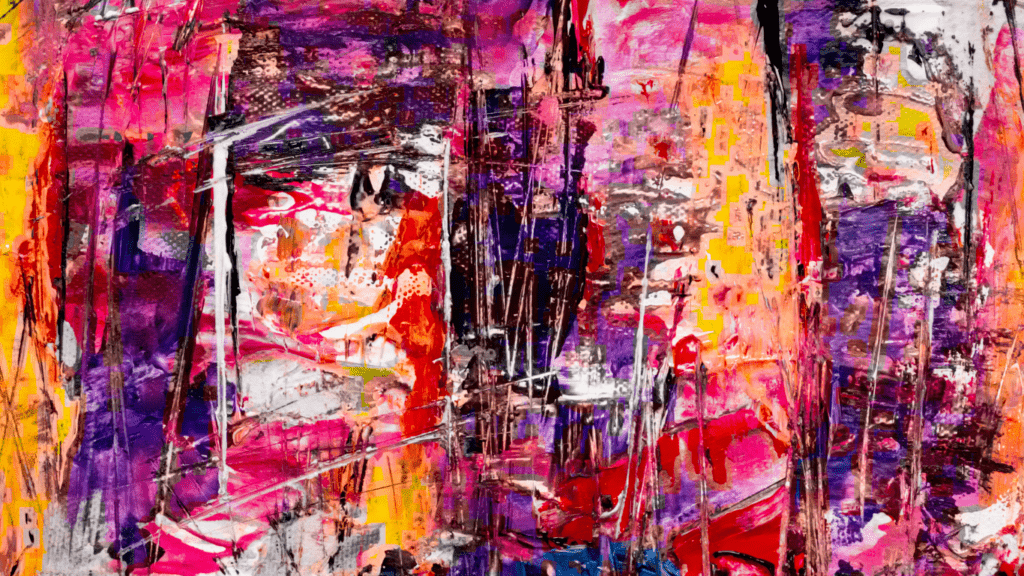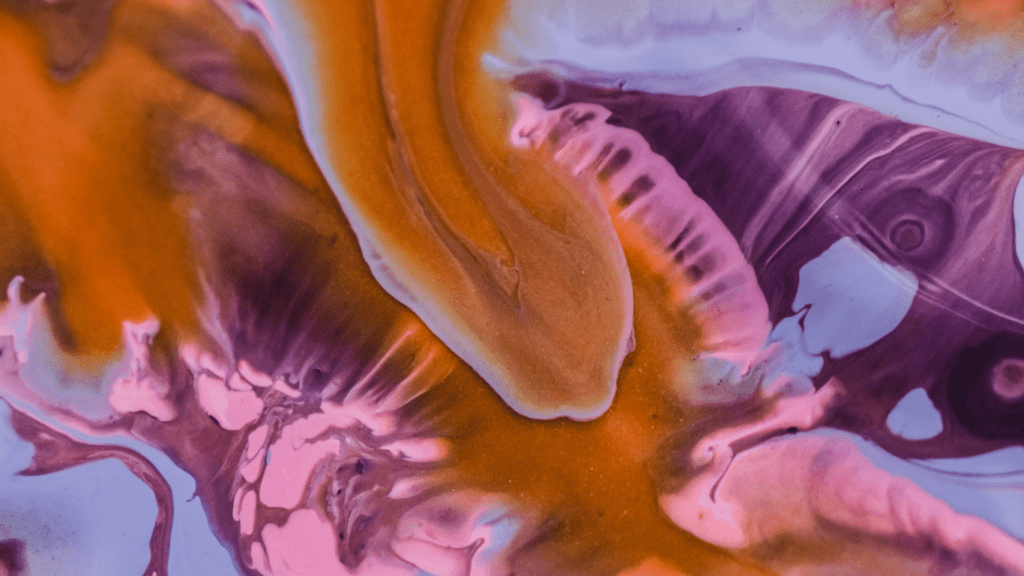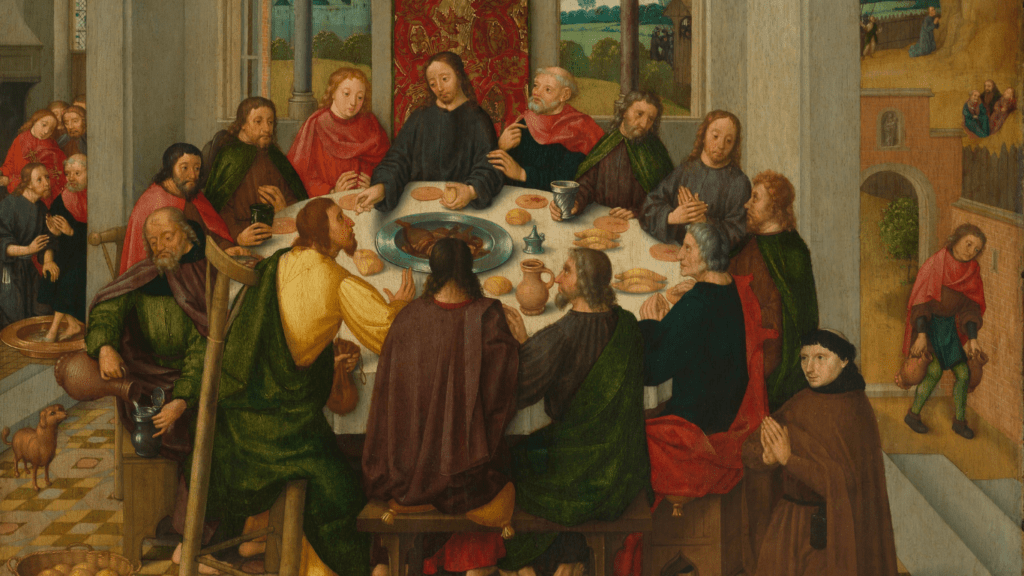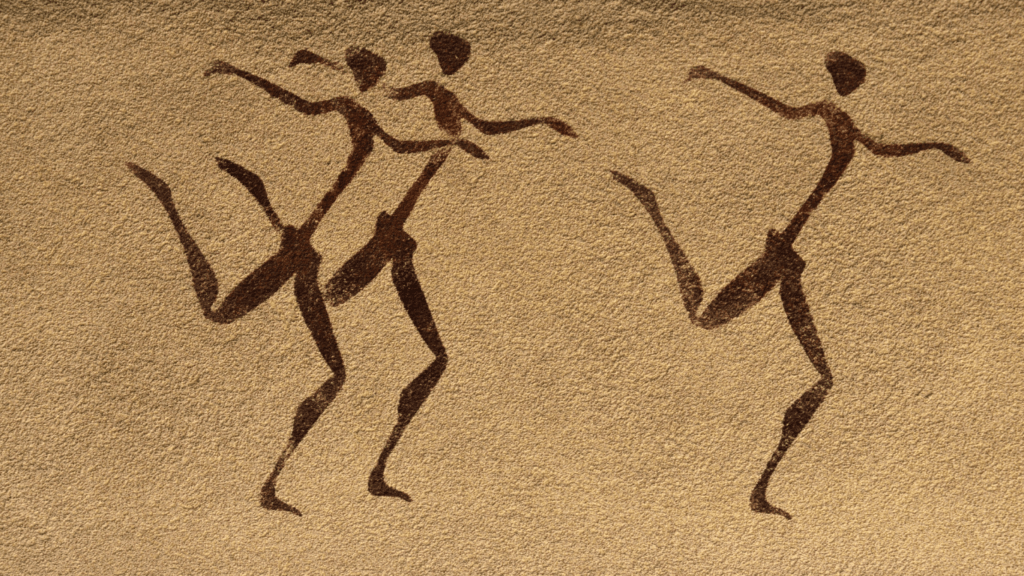The Origins of Abstract Expressionism
Abstract Expressionism, which emerged in the mid-20th century, had its roots in earlier movements and was shaped by a variety of cultural and historical factors.
Influences and Precursors
Several movements and individual artists influenced Abstract Expressionism. Impressionism, with its focus on light and color, laid the groundwork for later abstraction. Post-Impressionist artists like Van Gogh and Cézanne also played a role by pushing the boundaries of traditional representation. Surrealism, emphasizing the subconscious, provided another crucial influence.
Historical events also impacted Abstract Expressionism’s development. The two World Wars disrupted the art world, leading many European artists to emigrate to the United States. This influx of talent and new ideas helped create fertile ground for the birth of this movement.
Key Artists and Early Works
Several artists were central to the early years of Abstract Expressionism. Jackson Pollock’s drip paintings, like “No. 5, 1948,” showcased his unique technique of pouring and splattering paint. Mark Rothko, with works such as “No. 3/No. 13,” used large fields of color to evoke deep emotional responses. Willem de Kooning’s “Woman I” fused figuration with abstraction, revealing the movement’s diverse approaches.
These artists’ early works set the stage for Abstract Expressionism’s growth, each contributing their distinct style and vision, which collectively defined the movement.
Exploring the Techniques
Abstract Expressionism, with its raw emotional power, employs various innovative techniques to convey the artists’ feelings. The methods are integral to understanding how these artworks resonate on such a visceral level.
Brushstrokes and Color Usage
Artists in the Abstract Expressionism movement use bold, dynamic brushstrokes. Jackson Pollock’s drip painting is a prime example, where paint splatters onto the canvas in seemingly random but intentional patterns. Mark Rothko employs vast fields of color to evoke deep emotional responses, utilizing soft, blurred edges that fade into one another. Both methods diverge from traditional, precise brushstrokes, emphasizing emotion through bold and varied application.
Emphasis on Spontaneity and Improvisation
Highly valued within the movement is spontaneity. Artists like Willem de Kooning showcase this with vigorous, energetic brushwork, often completed in one session. This immediate, unrevised approach aims to capture the artist’s subconscious directly on canvas. Improvisation plays a key role, as seen in Pollock’s action painting where the final piece is unpredictable, shaped by the artist’s movements in the moment, reflecting pure emotion.
Major Figures in Abstract Expressionism

Abstract Expressionism brought forth several major figures who forever altered the landscape of modern art. Key artists like:
- Jackson Pollock
- Mark Rothko
- Willem de Kooning
each contributed uniquely to the movement.
Jackson Pollock
Jackson Pollock revolutionized Abstract Expressionism with his “drip” technique. This method involved dripping or pouring paint onto a canvas laid flat on the ground. His process, which emphasized spontaneous and direct expression, resulted in artworks laden with energy and complexity. Pollock’s work, such as “No. 5, 1948”, exemplifies the chaos and dynamism where motion and emotion merge seamlessly.
Mark Rothko
Mark Rothko is best known for his “color field” paintings. Unlike Pollock’s energetic style, Rothko’s works feature large, soft-edged blocks of color. His approach aimed to invoke deep emotional responses from viewers, relying on contrasts and subtleties of color. Rothko’s renowned piece, “Orange and Yellow”, showcases his mastery of invoking feeling through simplicity and color manipulation.
Willem de Kooning
Willem de Kooning balanced abstraction and figuration in his work. Known for his intense brushstrokes and figures, de Kooning merged spontaneity with recognizable forms. His notable series, “Women”, highlights this synthesis, where vigorous paint application complements distorted yet identifiable human figures. De Kooning’s approach celebrated movement and the tactile quality of paint.
The Impact on Modern Art
Abstract Expressionism significantly shaped modern art, influencing aesthetics, techniques, and notions of creative expression.
Influence on Contemporary Artists
- Contemporary artists often draw inspiration from Abstract Expressionism’s focus on emotion and spontaneity.
- Artists like Gerhard Richter and Anselm Kiefer incorporate abstract techniques to convey complex emotions.
- Richter experiments with both abstract and photorealism styles, blending them to evoke a visceral reaction.
- Kiefer uses large canvases and textured surfaces, echoing the monumental scale of Abstract Expressionist works.
- These practices highlight the continued relevance of abstract methods in exploring human experience.
Lasting Legacy
The legacy of Abstract Expressionism endures through various art forms, including painting, sculpture, and digital media. The movement’s emphasis on individual expression and breaking traditional boundaries persists in modern creative processes. Many art movements, such as Minimalism and Conceptual Art, trace their origins to the innovative practices of Abstract Expressionists. Art institutions worldwide, like the Museum of Modern Art (MoMA) and the Whitney Museum, continue to showcase Abstract Expressionist works, ensuring its influence reaches new generations.





